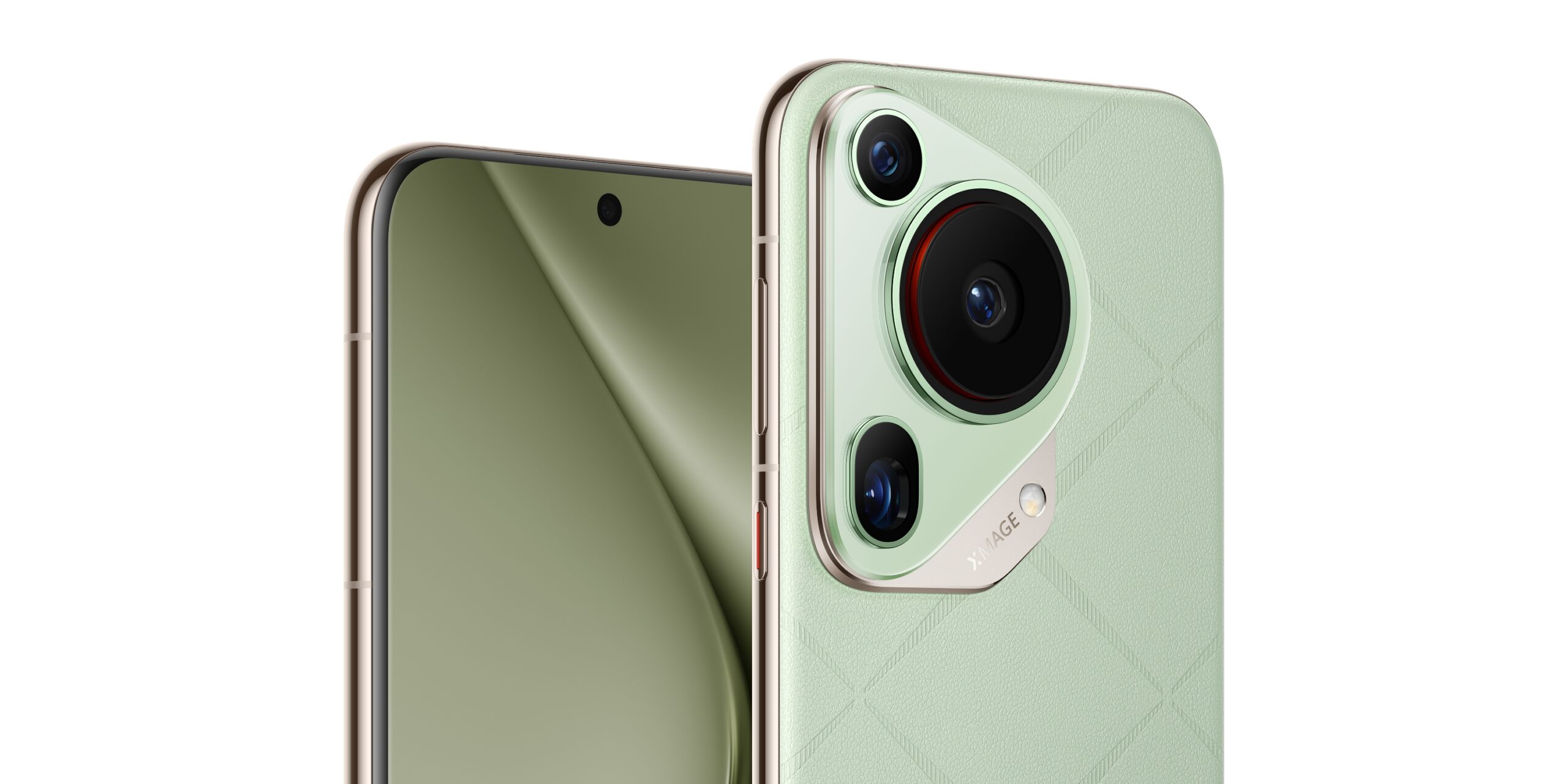We take ASUS’ newest selfie smartphones for a spin!
ASUS isn’t new to the selfie trend, as the company released their own selfie-centric smartphone, the ZenFone Selfie, back in 2015. Curiously enough the company decided to not release a follow-up device to the Selfie when they released their ZenFone 3 lineup last year, a decision that may have cost them dearly considering that their main competitors in the mid-range market are all pushing selfie-centric models.
The Taiwanese company realized their mistake and have launched not one, but two selfie smartphones that’s meant to take on selfie chart toppers like OPPO and Vivo. The ZenFone 4 Selfie and Selfie Pro look like solid selfie smartphones with great features, but is the market ready for two more selfie-centric smartphones?

ASUS ZenFone 4 Selfie
- 1.4GHz Qualcomm Snapdragon 430 processor
- 4GB RAM
- 5.5-inch HD IPS display, 1280 x 720 resolution
- 64GB internal storage, expandable via microSD slot up to 128GB
- 16-megapixel rear camera with LED Flash
- 20-megapixel main front camera, 8-megapixel secondary front camera
- Dual SIM
- 3G. LTE
- WiFi, Bluetooth, GPS, A-GPS, GLONASS, Fingerprint Scanner
- Android 7.0 Nougat with ZenUI
- 3000mAh battery

ASUS ZenFone 4 Selfie Pro
- 2.0GHz Qualcomm Snapdragon 625 processor
- 4GB RAM
- 5.5-inch full HD AMOLED display, 1920 x 1080
- 64GB internal storage, expandable via microSD slot up to 128GB
- 16-megapixel rear camera with LED Flash
- 24-megapixel main front camera, 5-megapixel secondary front camera
- Dual SIM
- 3G. LTE
- WiFi, Bluetooth, GPS, A-GPS, GLONASS, Fingerprint Scanner
- Android 7.0 Nougat with ZenUI
- 3000mAh battery

Initial impressions: Sexy bodies, dual front cameras and a whole lotta gumption
We’re not going to lie, the design of ASUS’ new selfie smartphones look eerily familiar to a couple of other phones that are already floating in the market, namely Samsung’s C9 Pro. Of course that may be just coincidence, and the Taiwanese company isn’t the first one to take design inspiration from one of their competitors and they certainly won’t be the last.

In any case the design looks and feels solid, but there are a few differences in the material choices for the two phones. The plain ol’ ZF4 Selfie has a plastic back that’s been treated to look like metal, while the ZF4 Selfie Pro has a full metal body. We’re a little disappointed that ASUS didn’t spring for a full metal body for the ZF4 Selfie considering it’ll be launching at a slightly higher price point than the ZF4 Max from the looks of things, with the latter having a metal body out of the gate compared to the plastic body on the former.

Since both phones look the same, how do you tell them apart? Easy, just look at the dual front facing cameras – the ZF4 Selfie has two cameras spread on the left and right side of the device near the sides, while the ZF4 Selfie Pro has both of its selfie cameras side-by-side.

If your eyes are a little sharper, you’ll also notice that the regular Selfie only has an HD display, while the Selfie Pro has a full HD panel. Both displays are the same size though, at 5.5-inches.

ASUS seem to have shied away from placing their fingerprint scanners at the rear, since both ZF4 Selfie models now have theirs on the front, right below the display. It pulls double duty as the home button, and is flanked by two Android navigation keys.


Both variants have the same 16-megapixel camera on the rear. It’s a different story in the front though – the ZF4 Selfie has a 20-megapixel main front camera with a 8-megapixel secondary sensor, while the ZF4 Selfie Pro has a 24-megapixel main front camera and a 5-megapixel secondary front camera.

And while their competitors dual selfie offerings offer either artificial bokeh for better selfie portraits or wide angle shots for easier group photos, the ZF4 Selfie and Selfie Pro can do both. That’s pretty impressive.

While the two phones are identical from the outside, inside it’s a whole new ballgame. The ZF4 Selfie runs a 1.4GHz Qualcomm Snapdragon 430 processor, while the ZF4 Selfie Pro runs a 2.0GHz Qualcomm Snapdragon 625 processor. Both phones have 4GB of RAM and 64GB of expandable storage. The processor choice on the Selfie Pro might mean that it’s being positioned to augment, or even outright replace the plain old’ ZF4 in the mid-range category, since the phone has received a higher mid-range processor. We still don’t know for sure.

ASUS ZenUI is still on board, and while we’d still prefer a lighter UI overall this year’s iteration is much better compared to the bloat-ware ridden mess last year. There’s only a few additional apps that are installed when we got the device, which makes for a more pleasant experience.
That’s it for our quick review of the ZenFone 4 Selfie and Selfie Pro. No local pricing has been announced as of yet – we’ll have to wait until the company announces them on Saturday.







